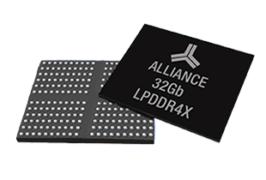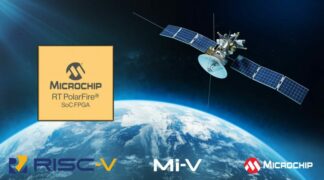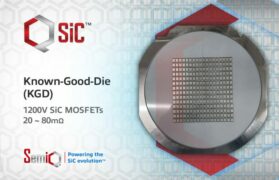We are approaching a revolution in the way that we construct, manage, and interact with the world around us. Smart surfaces will power this revolution. In the future, instead of applying technology onto the surfaces of our buildings, furniture, and vehicles, the very surfaces that we use to construct these products will be inherently intelligent. Smart surfaces is a term and an emerging field that combines the materials science of smart materials, the connectivity of IoT, and the promise of big data to make our world more efficient, safe and liveable. At their most ambitious, smart surfaces promise dynamic, reconfigurable digital control over surfaces in the physical environment. There is an exciting amount of development in this field from changing the color of your car with an app to generating energy from windows. But before digging into the technical details, we need to create a shared understanding of what smart surface technology is.
What is smart surface technology?
‘Smart Surfaces’ is a broad term that encompasses several technologies and technological approaches. Generally speaking, smart surfaces describe any material surface that re-arranges its morphology or composition or self-enhances its functionality in response to changes in the ambient environment. Typically, electronic, biological, or chemical functions drive these responses. If this definition sounds familiar, that is because it is fundamentally the same definition that we explored in our recent Smart Materials article. But there is a crucial difference. A smart surface exclusively refers to planar technologies. These planar or two-dimensional technologies speak directly to opportunities in industries that are already producing surfaces at scale, such as automotive, aerospace, and construction.
As the definition of Smart Surfaces is so broad, many different types of surfaces with as many kinds of performance are often classified together. Smart surfaces can refer to sensors that are applied like paint or heat-reducing coatings as promoted by the Smart Surfaces coalition. Companies like Yanfeng Automotive Interiors and Fischer Automotive are working on concepts where a seamless surface provides interaction, light, and haptic feedback. Others call this type of technology ‘structural electronics.’ This electronic functionality is important. One of the main drivers behind smart surfaces is the push for big data. By creating an entirely new class of IoT devices, smart surfaces will change the way that we think about taking data from the environment.
Smart surface technologies present a wide range of applications. Still, most development seems focused on three areas, transportation, buildings, and healthcare, with many technical functions shared across these areas. A brief list of applications is below:
- Self-cleaning surfaces for architecture, infrastructure, and vehicles
- Self-healing coatings for products and vehicles
- Self-healing concrete for buildings and infrastructure
- Building-integrated photovoltaics (BIPV)
- Smart glass with integrated photovoltaics
- Anti-fouling coatings for ships
- Drag reducing coatings for ships
- Self-dimming windows for buildings
- Self-tinting windows for buildings and vehicles
- Smart floors for office, home, and healthcare applications
- Air-purifying coatings for commercial and residential buildings
- Pollution-absorbing coatings for exterior surfaces in cities
- Large-scale printed sensors for occupancy sensing
- Touch-sensitive surfaces for control of smart building equipment and robots










